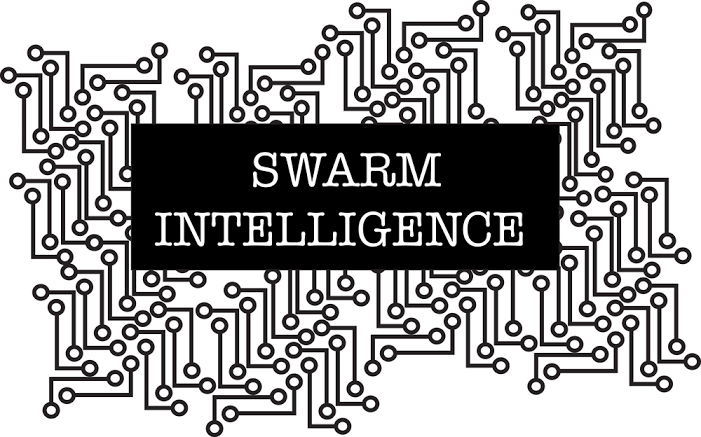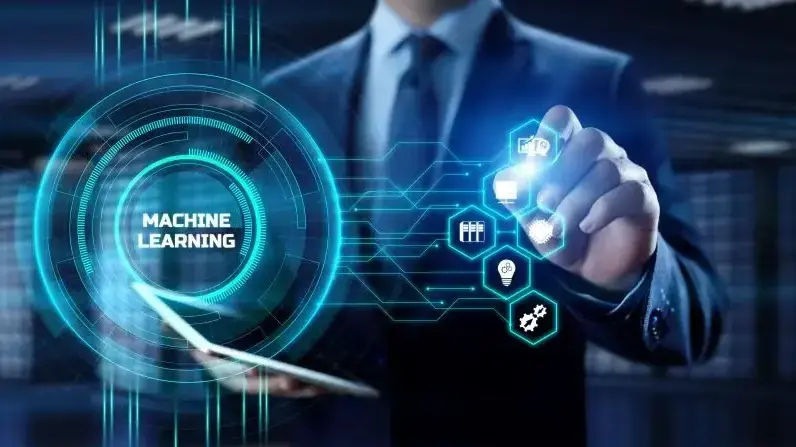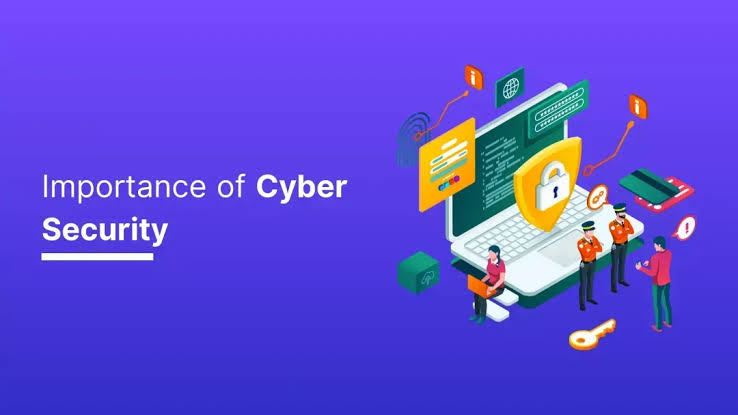Swarm intelligence is a fascinating and rapidly evolving concept inspired by the collective behavior of social organisms such as ants, bees, birds, and fish. At its core, it refers to the ability of decentralized, self-organized systems to solve complex problems through simple individual interactions. As of July 2025, swarm intelligence is no longer confined to academic discussions or biological observation. It is now a growing field of research and innovation that influences numerous industries, including robotics, transportation, communication networks, healthcare, and defense.
By mimicking nature’s efficiency and adaptability, swarm intelligence provides robust, scalable, and resilient solutions to modern challenges. It works on the principle that the whole can be smarter than the sum of its parts, making it especially effective in systems requiring distributed control and adaptability without relying on a central authority. The ongoing advancements in artificial intelligence, machine learning, and the Internet of Things (IoT) have accelerated the real-world application of this model in various technological domains.
The Biological Inspiration Behind Swarm Intelligence
Swarm intelligence takes cues from the natural world, particularly how animal groups behave and function collectively without centralized direction. For example, ants find the shortest path to food sources through pheromone trails, birds fly in synchronized patterns without crashing, and fish move in coordinated schools to avoid predators.
These animals operate based on local rules, reacting to their immediate environment and nearby members. Yet, together, their actions give rise to complex group behaviors that result in efficient problem-solving and adaptability. This biological model has become the basis for algorithmic approaches used in computational sciences, where agents follow simple rules to achieve a greater goal.
In computing, these rules are encoded into algorithms that allow multiple agents (robots, drones, or software nodes) to communicate and collaborate, achieving tasks like resource allocation, pathfinding, or decision-making without centralized oversight. The elegance and efficiency of these systems are what make swarm intelligence so appealing in the digital age.
Swarm Robotics: A New Frontier
One of the most promising applications of swarm intelligence is in the field of robotics. Swarm robotics involves deploying a group of relatively simple robots that work together to accomplish a task. Each robot may have limited computational capacity and sensors, but as a collective, they can achieve goals far more efficiently than a single sophisticated robot.
As of July 2025, swarm robotics is being actively tested in areas such as agriculture, disaster response, surveillance, and construction. For instance, swarms of drones can be programmed to scan large agricultural fields to monitor crop health, detect pest infestations, or spray pesticides with precision. In search-and-rescue operations, swarm drones can map hazardous areas, locate survivors, and relay information without putting human responders at risk.
Swarm robotics is also revolutionizing warehouse automation. Companies like Amazon and Alibaba are using fleets of autonomous robots that communicate and coordinate in real-time to move goods efficiently. These systems are highly scalable—adding more robots increases efficiency—and they are fault-tolerant, as the system continues to function even if a few units fail.
Applications in Traffic and Transportation Systems
Swarm intelligence is making significant contributions to traffic management and autonomous transportation. Traditional centralized systems for traffic control are often rigid and struggle to adapt to dynamic conditions such as accidents or unexpected congestion. However, swarm-based algorithms enable each vehicle or traffic signal to respond to real-time conditions locally, resulting in a more fluid and adaptive system overall.
In smart cities, decentralized traffic lights using swarm logic are capable of adjusting their signals based on the flow of vehicles, reducing wait times and improving traffic efficiency. Self-driving cars, too, are being developed to interact not only with the environment but with each other, forming an intelligent swarm on the road that collectively avoids accidents, reduces fuel consumption, and optimizes travel routes.
Swarm intelligence is also aiding in the development of drone delivery systems. By coordinating multiple drones through local interactions, companies can optimize delivery paths, avoid mid-air collisions, and ensure timely service without overwhelming central control systems.
Use in Data Analysis and Network Optimization
Another area where swarm intelligence is making a big impact is in data processing and network optimization. Algorithms inspired by swarm behavior—such as Ant Colony Optimization (ACO) and Particle Swarm Optimization (PSO)—are used to solve complex problems in logistics, telecommunications, and artificial intelligence.
These algorithms are especially useful for optimizing network routing protocols. In telecommunications, swarm intelligence helps in managing the distribution of data packets across a network, selecting the best available paths, and dynamically adjusting to congestion or outages. In cloud computing, swarm-based algorithms assist in resource allocation by efficiently distributing computational tasks among multiple servers, reducing latency and enhancing performance.
As of mid-2025, swarm algorithms are also contributing to financial forecasting and machine learning. These algorithms help AI models converge faster and more accurately by simulating the collective decision-making of agents exploring various solutions simultaneously.
Potential in Healthcare and Bioinformatics
Swarm intelligence is also being explored in healthcare applications, particularly in medical imaging, diagnostics, and bioinformatics. Algorithms inspired by swarms can analyze large datasets from genomic sequencing or patient records, identify patterns, and aid in early disease detection.
In medical imaging, swarm intelligence helps improve image segmentation, where algorithms detect boundaries in X-rays or MRIs more efficiently. Robotic swarms may also play a role in future surgeries, where microbots could work in groups to deliver drugs, perform internal repairs, or remove blockages in blood vessels.
Additionally, during disease outbreaks or pandemics, swarm intelligence models can simulate the spread of infection across populations, helping health authorities plan containment strategies and resource distribution more effectively.
Ethical Considerations and Limitations
Despite its immense potential, swarm intelligence does come with ethical and technical concerns. One major issue is control—since these systems are decentralized, it’s difficult to predict or override individual agent behavior in real time. This unpredictability raises safety concerns, especially in applications involving autonomous vehicles or drones in public spaces.
Privacy is another concern, especially in surveillance applications where swarms of drones may collect data on individuals without clear oversight. Moreover, as these systems rely on real-time data exchange, they are vulnerable to hacking and communication failures that could disrupt coordination or lead to unintended consequences.
There’s also the risk of over-dependence. As we integrate swarm-based systems into essential services, failure or misuse could lead to widespread disruption, necessitating robust failsafes, governance structures, and ethical standards to guide their development and deployment.
Conclusion
Swarm intelligence is not just a theoretical idea—it is a dynamic, real-world solution that is reshaping industries, improving systems, and driving innovation in unprecedented ways. As of July 2025, its applications span from robotics and transportation to healthcare, logistics, and artificial intelligence.
By learning from nature and leveraging simple rules of local interaction, swarm intelligence allows complex systems to emerge, adapt, and thrive. Yet, as with all powerful technologies, it must be developed responsibly, with careful consideration of its limitations, ethics, and societal impact. In a world that increasingly values resilience, efficiency, and collaboration, swarm intelligence may well become one of the foundational pillars of future technology.



